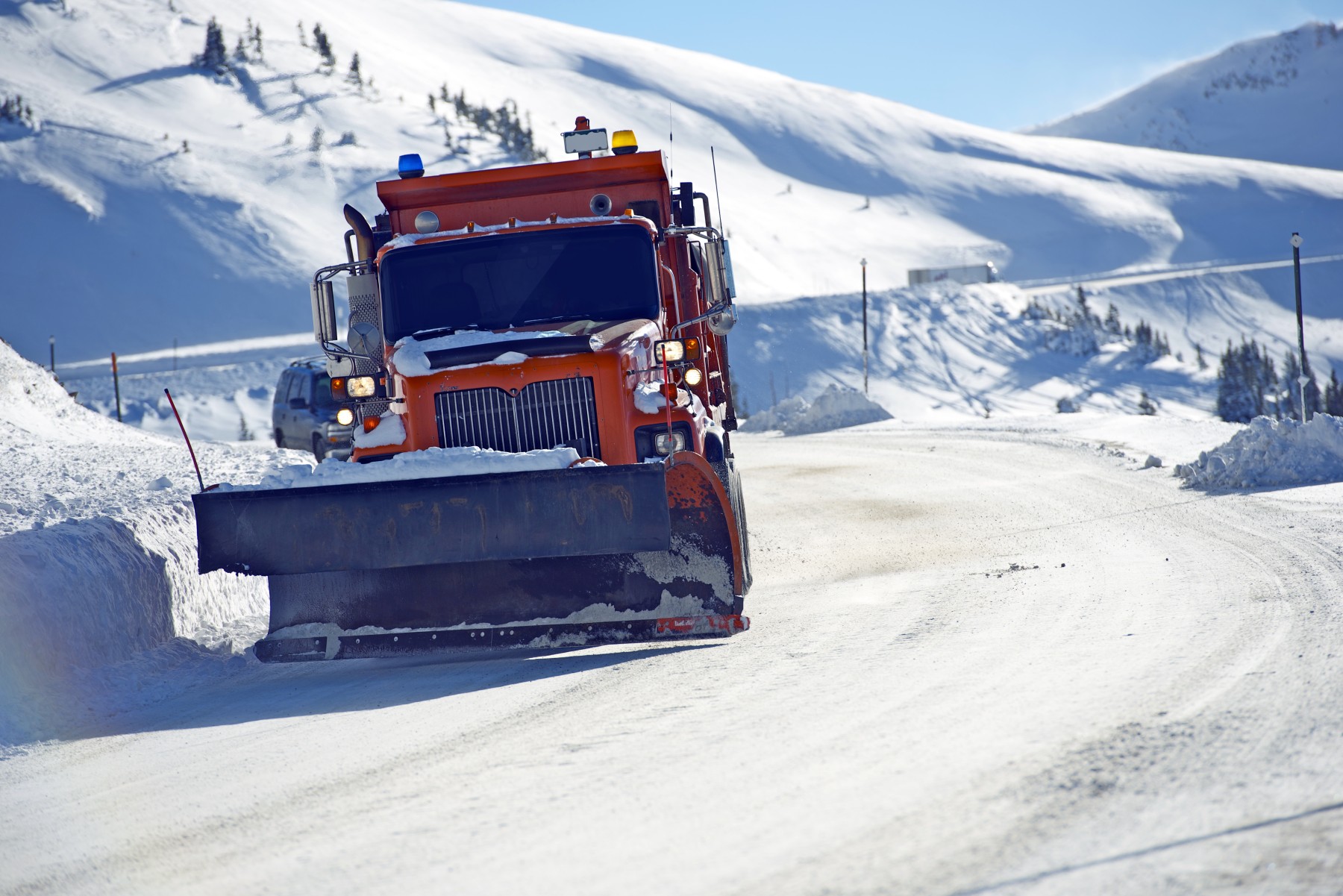Winter facility maintenance demands precision, preparation, and unwavering attention to safety protocols. The challenges of operating heavy equipment in harsh winter conditions, combined with the need to maintain continuous facility operations, create unique safety considerations that facility managers must address. This comprehensive guide outlines essential safety measures for winter operations, providing facility managers and operators with the knowledge needed to navigate challenging winter conditions while maintaining the highest safety standards. By following these established protocols and understanding the critical aspects of equipment operation, facilities can ensure effective winter maintenance while protecting their workforce and infrastructure.
Pre-Season Checklist
Winter operations success begins with thorough preparation well before the first snowfall. A systematic approach to pre-season readiness ensures both equipment reliability and operator safety, reducing the risk of accidents and equipment failures during critical winter operations. The following measures form the foundation of a robust winter safety program:
- Inspect and repair plow vehicles and equipment as needed, following manufacturer’s instructions
- Ensure snowplow operators and vehicles comply with local, state, and federal regulations for public roadway operations
- Conduct initial, annual, and remedial safety awareness training for all operators
- Install barriers or warning signage around Ground-Level Hazard Zone to prevent operators from striking objects hidden in snow
- Train operators on site specific Ground-Level Hazard Zones
Ground-Level Hazard Management
Winter conditions can transform familiar landscapes into hazardous environments where normal ground-level obstacles become concealed threats. Effective hazard management requires a proactive approach to identification and mitigation of these risks. Consider implementing these essential protocols:
- Marking of potential trip hazards before snowfall
- Denoting of hazardous obstructions to snow removal equipment
- Documentation of drainage system locations
- Clear identification of emergency access points
- Regular monitoring of ice formation patterns
- Implementation of pre-treatment protocols for high-traffic areas
Snow Blower Operation Protocols
Snow blowers are essential tools in winter facility maintenance, but their operation requires strict adherence to safety protocols. These guidelines ensure both operator safety and equipment longevity while maximizing operational efficiency:
- Assess daily weather conditions
- Always review the Manufacturer’s Instructions before operating
- Always review the Manufacturer’s Instructions before making modification or repairs/maintenance
- Never clear clogs by hand – even when the machine is off
- Maintain awareness of discharge direction and potential hazards
- Perform pre-operation equipment inspections
- Keep all guards and safety devices in place
- Operate only in well-ventilated areas
- Allow engine cooling before refueling
Plow Vehicle Safety Guidelines
The safe operation of plow vehicles requires comprehensive preparation and constant vigilance. These guidelines ensure both equipment readiness and operator safety throughout winter operations.
Pre-Operation Checklist
- Assess daily weather conditions
- Ensure the plow is properly secured to the vehicle and its control mechanisms properly function
- Top off grease fittings and fluid levels including coolant, hydraulic, power steering, and washer fluids
- Check tire pressure and condition; apply tire chains when appropriate
- Test all vehicle/plow lights, and internal/external warning systems
- Inspect blade and mounting hardware
- Verify heating and defrosting systems are working effectively
Operator Preparation
Professional plow operators must maintain a complete safety kit, checking and updating contents every six months:
- Slip resistant winter footwear and icegrips/cleats
- Extra weather-appropriate clothing
- Emergency food and water
- Polarized Eyewear
- Communication devices
- Reflective Clothing and/or Safety Vest
- Emergency vehicle kit including but not limited to:
- Warning flares & triangles
- Fire extinguisher
- Emergency blanket
- First aid kit
Successful winter facility operations require a strategic balance of preparation, expertise, and unwavering commitment to safety protocols. The implementation of comprehensive safety measures, combined with strict adherence to equipment operation guidelines, enables facilities to effectively manage winter challenges while ensuring workforce and infrastructure protection. The foundation of successful winter operations continues to rest on three key pillars: regular training, proper equipment maintenance, and systematic hazard management. As winter weather patterns become increasingly unpredictable, these protocols serve as an essential framework for maintaining operational excellence while prioritizing safety in all facility operations.
Recent Posts
New Rules, Same Solution: NARFA Handles Compliance So You Don’t Have To
Everyone's talking about the insurance rate explosions, which seem to increase every year. But while you're focused on managing costs, Washington is preparing a wave [...]
Beyond Paperwork: How Your Benefits Administrator Becomes Your 2025 Benefits Strategy Partner
The 2025 Reality: Why Off-the-Shelf Plans Aren't Working Every year, the renewal notice arrives with a painful rate increase. For small and mid-sized businesses, this [...]
Due Diligence Checklist: How Strong Corporate Governance Increases Business Valuation
Whether you are raising capital, securing financing, or preparing for a sale, your company’s corporate structure and governance tell a story. That story can either [...]




